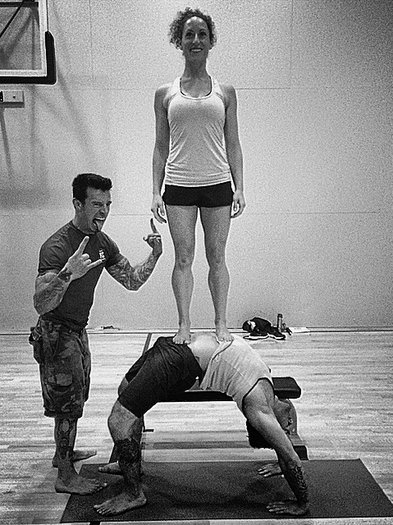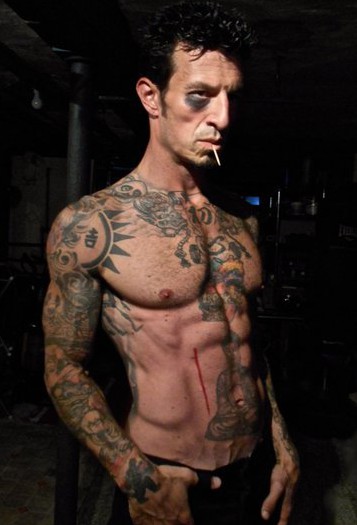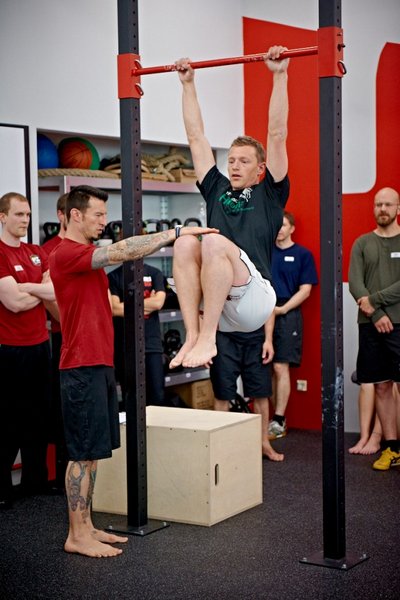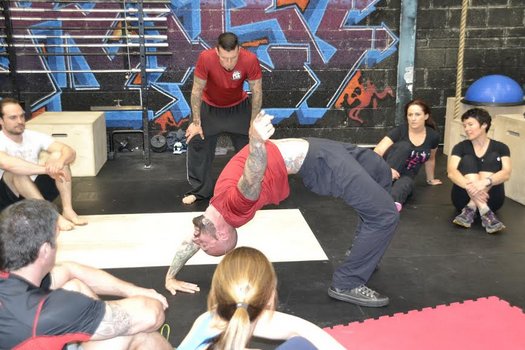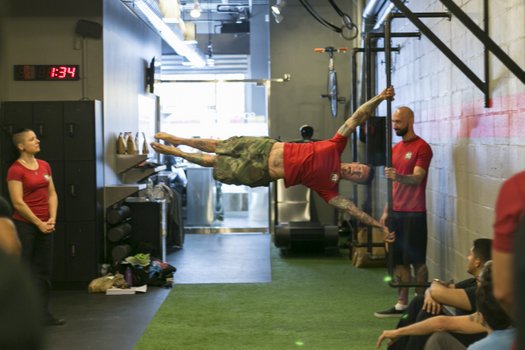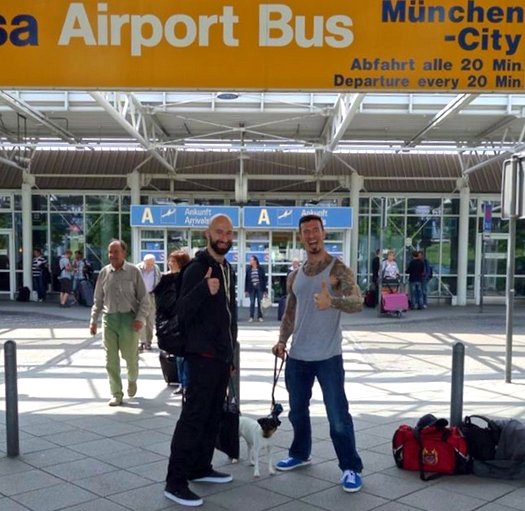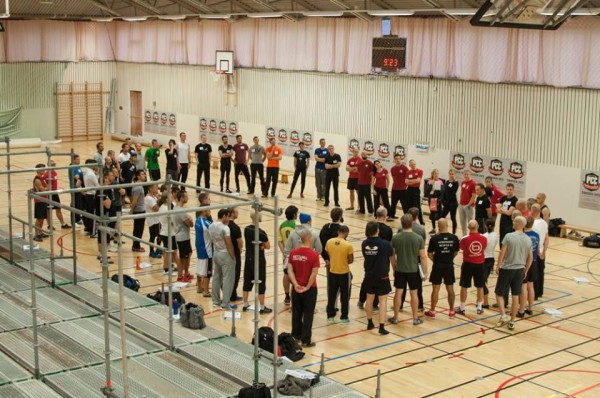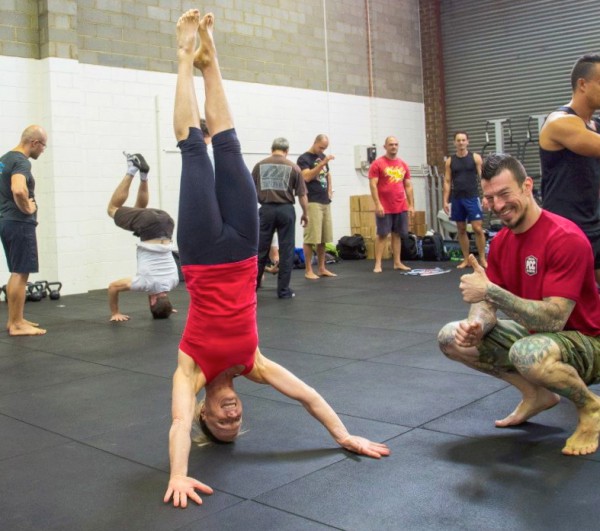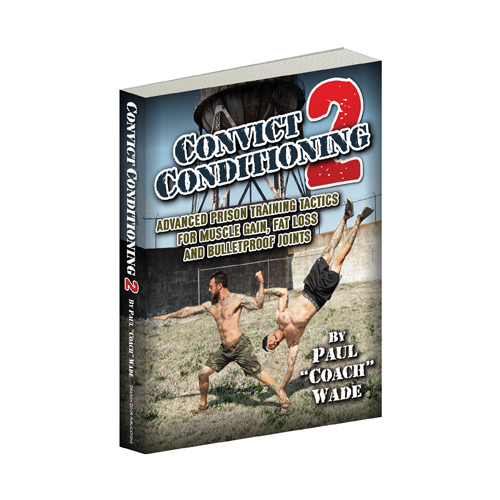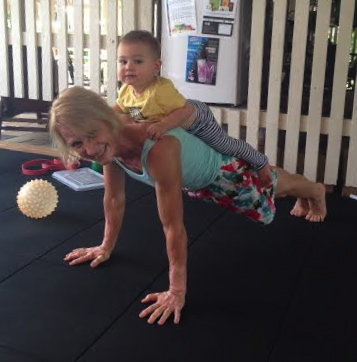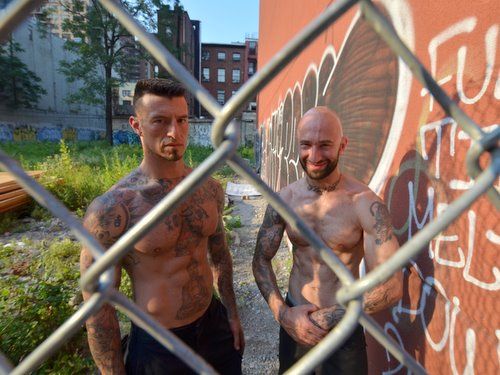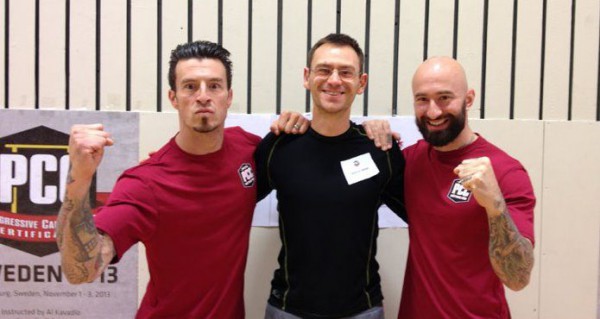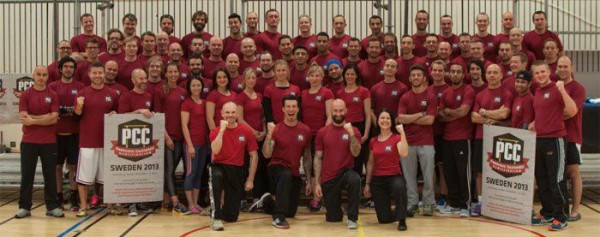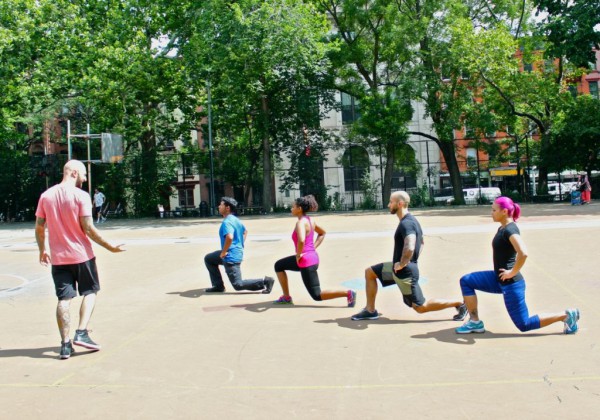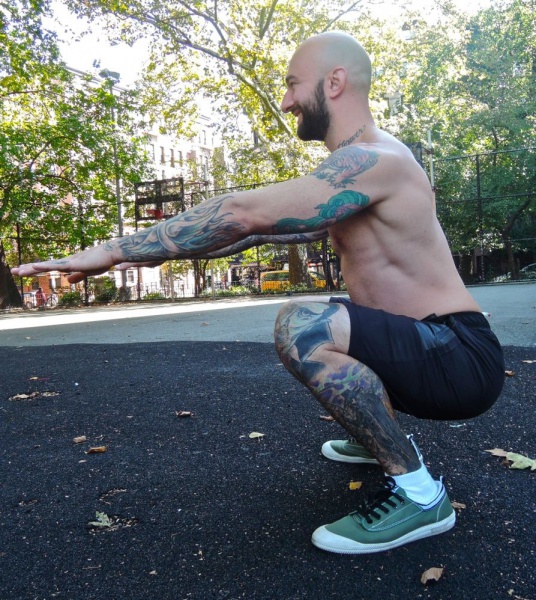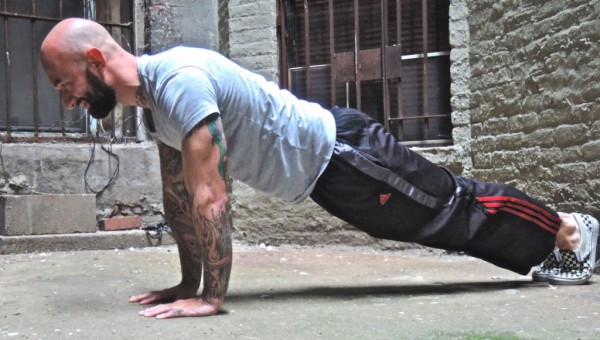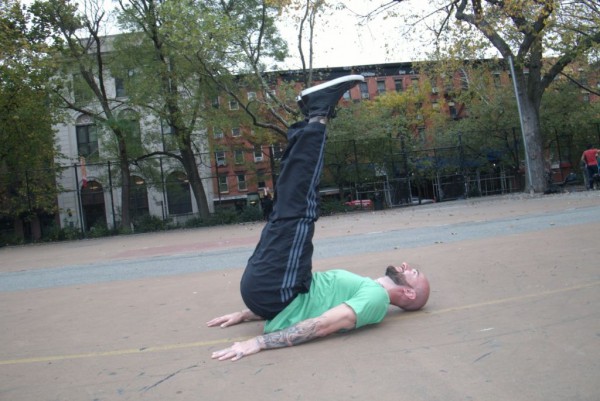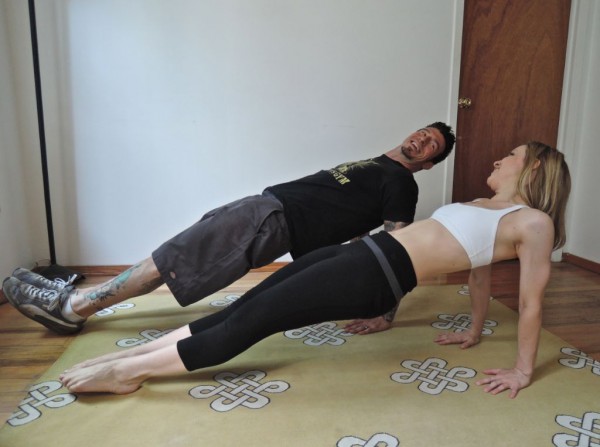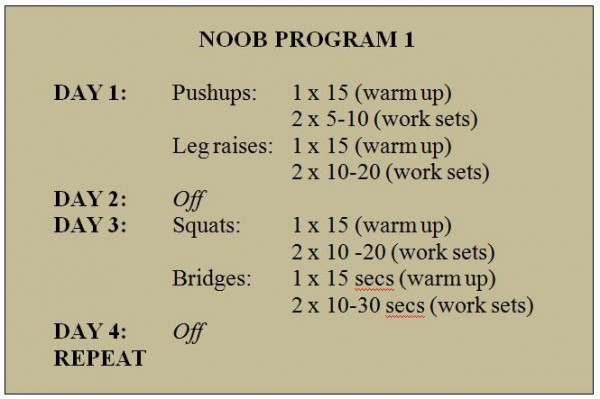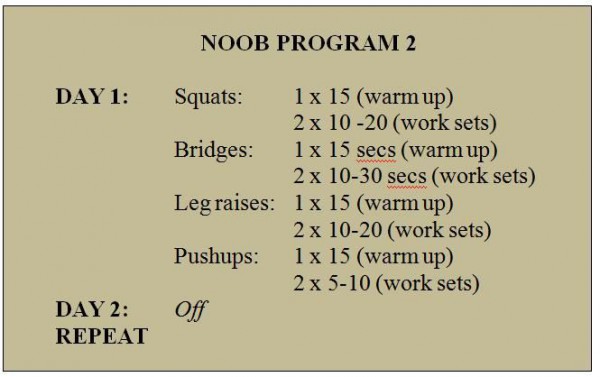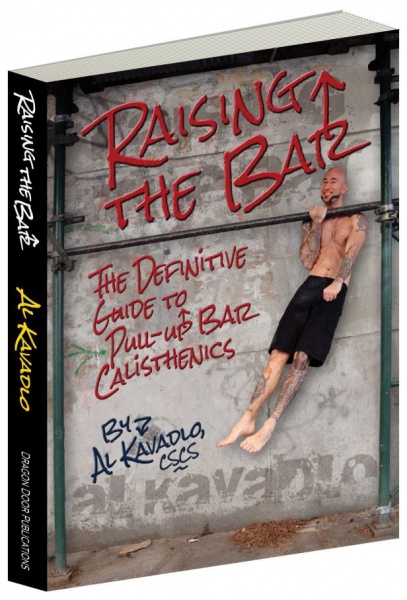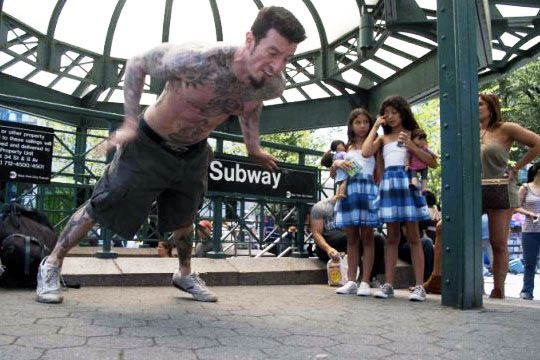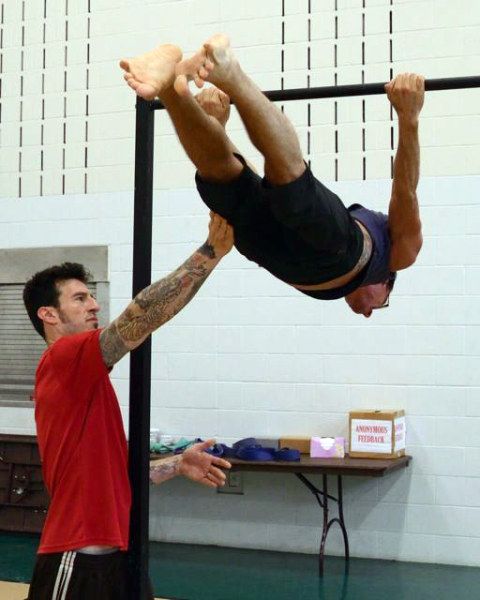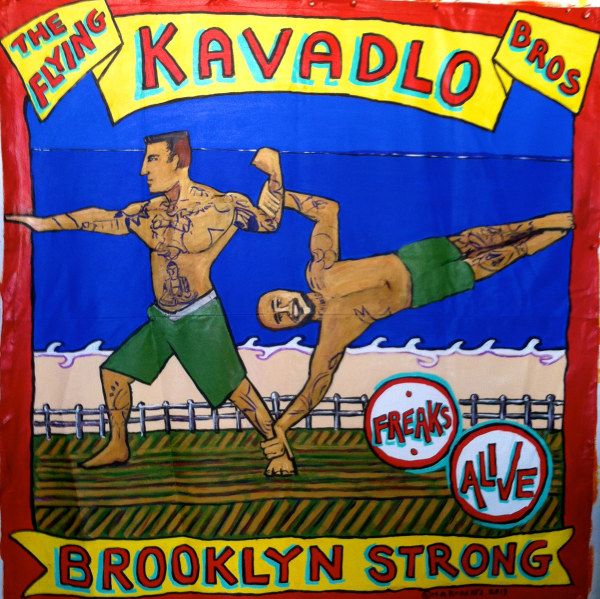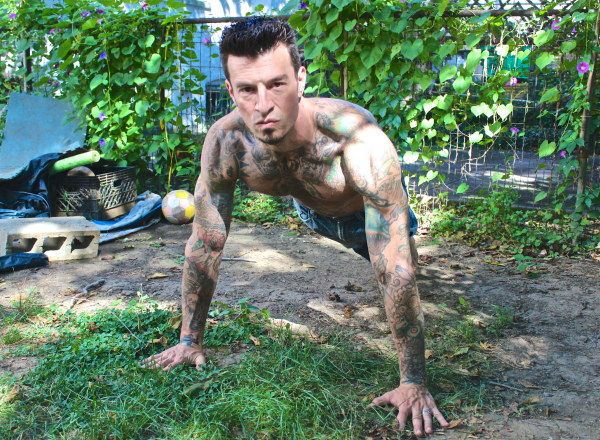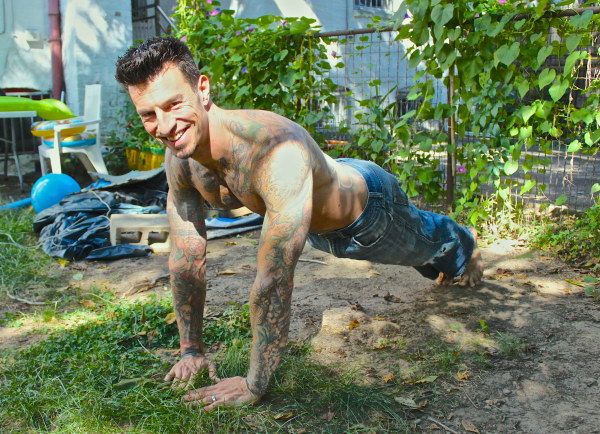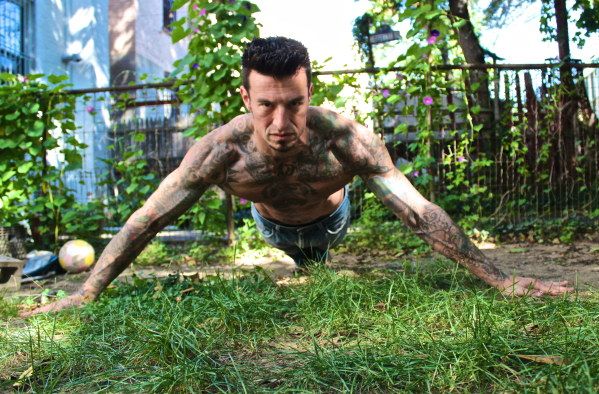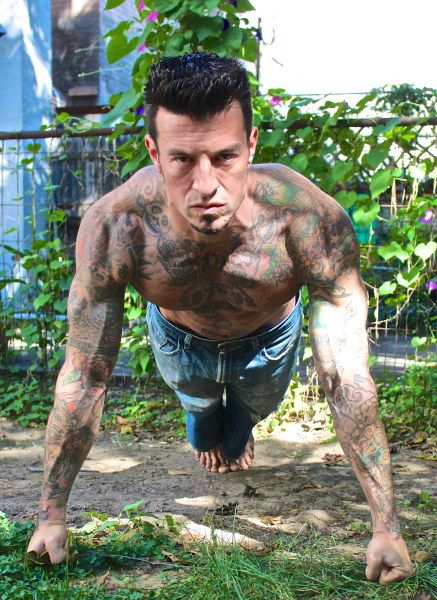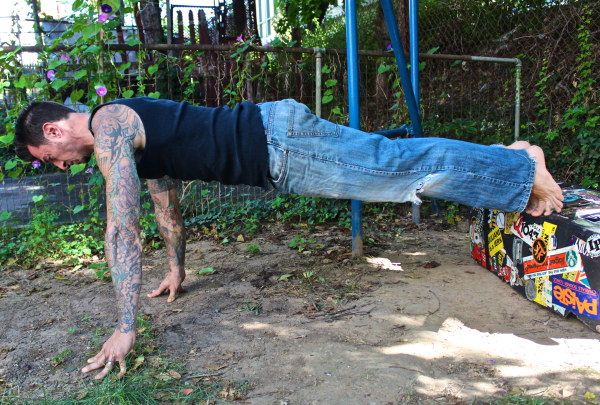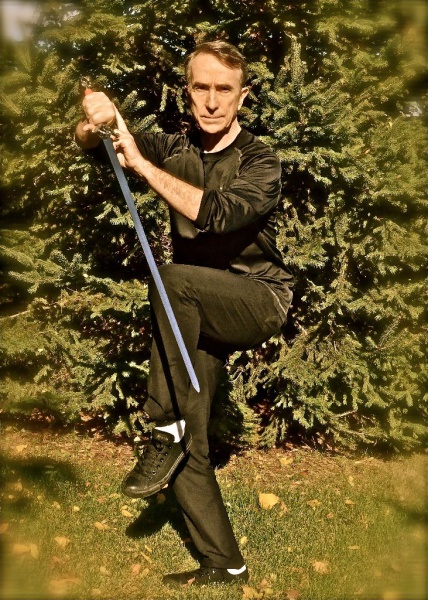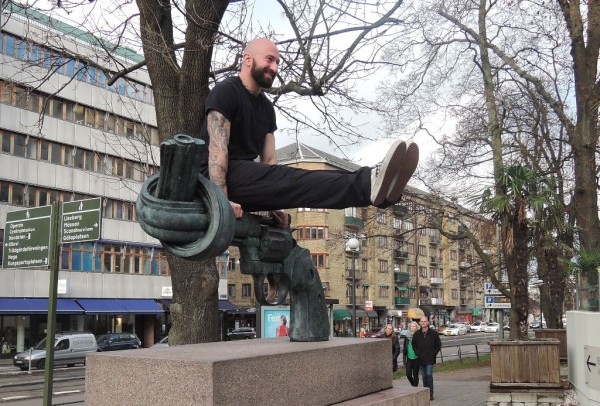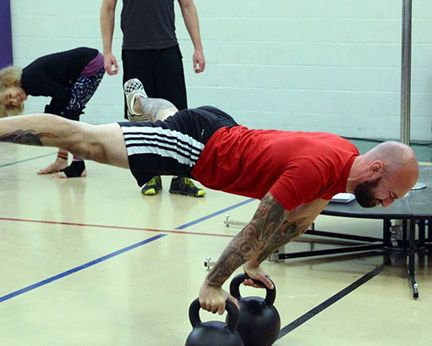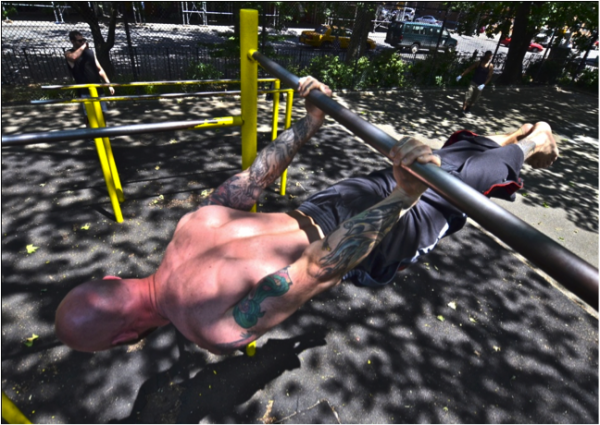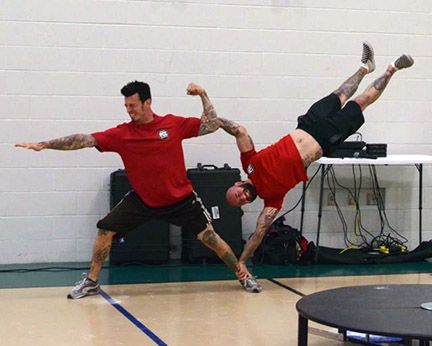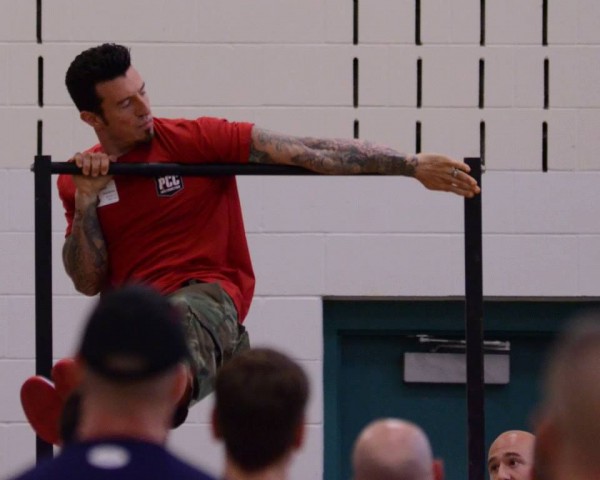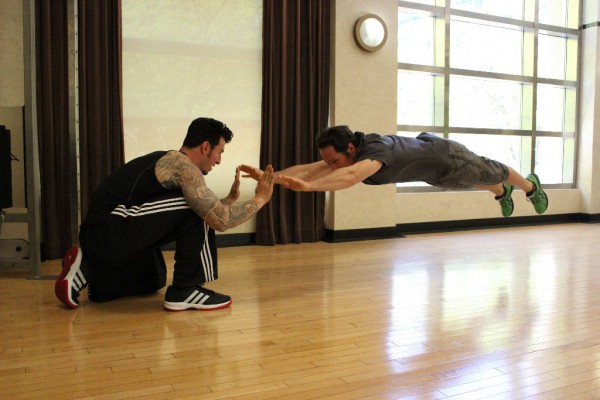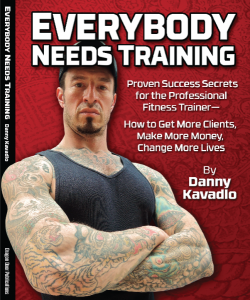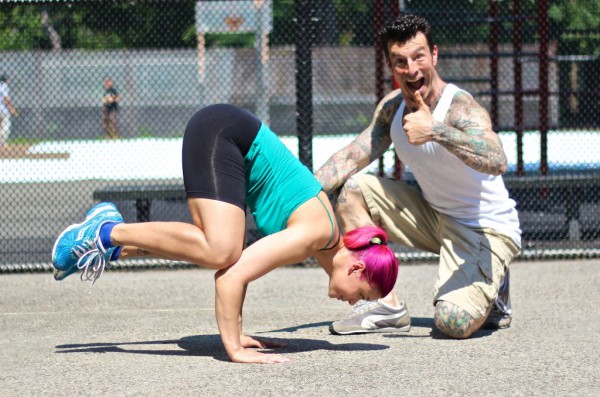
Do you remember the feeling of your first pull-up, first push-up, or even your first plank?
Those accomplishments are unforgettable milestones in your fitness journey, but it can be easy to take them for granted once you’ve moved on to new challenges.
Did you ever help someone else accomplish a new feat of strength? Becoming a part of that person’s accomplishment can be just as uplifting and rewarding.
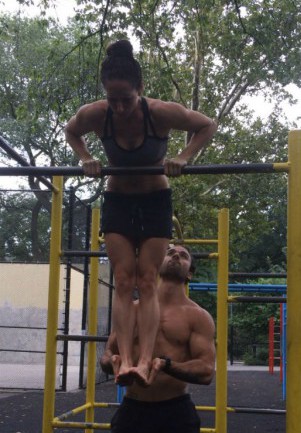
We created Couples Calisthenics to help show people how much fun it is to share fitness with your significant other (or a friend). It’s all about enjoying the process of building an understanding of your own body in relation to your partner, as well as creating non-verbal communication and expression through natural movement. This allows you and your partner to feel, listen, and accommodate one another’s strengths and weaknesses. We encourage each training session to take on an organic flow of its own, escaping from daily thoughts of work and life to create a special connection between you and your partner.
Our journey of calisthenics evolved from spotting and assisting one another in the park on basics like push-ups, pull-ups, dips, and squats. Eventually we began working on more difficult exercises such as muscle-ups and handstands, and even creating exercises only possible while working with a partner.
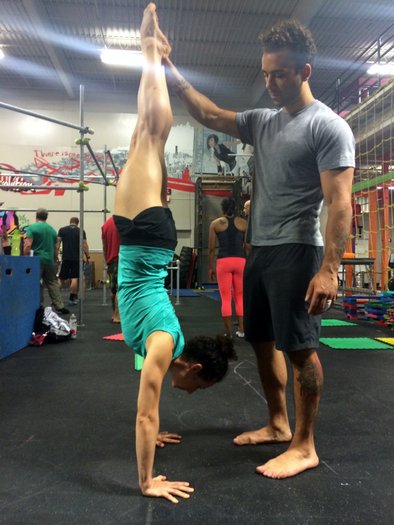
Movement is one of life’s sweetest gifts that we all take for granted in our daily lives. We move through our lives completely unaware of how to utilize and connect with our own bodies, effecting many aspects of our lives that are meant to naturally thrive.
‘Working out’ should be looked at as a constant practice and an enjoyable experience. Learning how to listen and utilize your own body with your partner will result in more than just achieving aesthetic results. Enjoy a workout that can strengthen the neuromuscular connection within your mind and body, enhance your relationships by building trust, reduce stress and pain with frequent fun movement, learn how to react to your partners moving body, provide motivation and encouragement for one another, and cultivate joy back into everyday life. These natural movements can be performed in any stress free healthy environment. We are all capable of much more than we think. Set a purpose together, maintain movement authenticity, build your strength intrinsically, and enjoy an active lifestyle together. More than just your aesthetic results will thrive!
